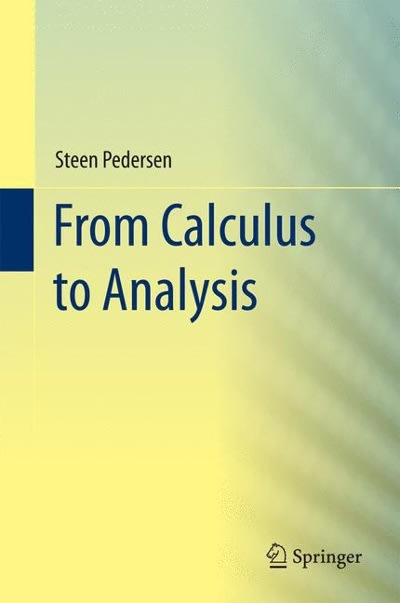Question
ou are working for a group of investors who are thinking about investing in a baseball team. Your job is to provide some of the
ou are working for a group of investors who are thinking about investing in a baseball team. Your job is to provide some of the statistical analyses for the group.
The problem sets provide you opportunities to apply the statistical concept to real-world applications that emphasize why we care about this. You also have a chance to use statistical software to handle data and interpret results
1)Indicate the sample mean payroll price in millions. Round your result to the nearest million. ( e.g. for 1.2 million, write 1.2 not 1,200,000 )
2)Indicate the corresponding standard deviation. Round your result to the nearest million.
3)Your next step is to do descriptive statistics on the variables that you will be using: number of wins and payroll in millions of dollars.
Based on the summary statistics, what is the average number of wins?
4)What is the maximum payroll measured in million dollars?
5)To get a quick feel for the data you decide to check the correlation between thenumber of wins and payroll in millions.Using two decimal places what is the correlation between these two variables?
6)The group of investors believes that having a higher payroll would result in more wins and asks you to run a regression to examine this hypothesis.
Pick"wins" as the dependent/response variable and "Payroll.millions" as the explanatory variable. Which of the values below best matches your b1or slope parameter result?(a) 0.06 (b)65.76(c) 0.25 (d)0.17
7)The estimated coefficient for the explanatory variable in the regression model you just ran tells us that for every additional [ Select ] ["dollar", "million dollars", "win"] in [ Select ] ["payroll", "wins"] we expect wins to [ Select ] ["decrease", "increase", "remain the same"] by [ Select ] ["b0", "b1"] [ Select ] ["million dollar", "dollar", "win"] .
8)Say that our null hypothesis is that the effect of payroll on number of wins is equal to zero and that the alternative hypothesis is that it is not equal to zero. Using a significance level of 5% we [ Select ] ["cannot reject", "reject", "accept"] the null hypothesis because the p-value for the Payroll.million coefficient is [ Select ] ["less than", "more than", "the same as"] [ Select ] ["0.05", "0.005", "5.0", "0.5"] .
9)What is the predicted number of wins if the group of investors can achieve a payroll of 88 million dollars? Round to the closest integer (no decimal points).
Easiest is to use your calculator for this one, but you can also use the R command "coef":
coef(modelName)["coefficientName"]
Note that the names R uses for the coefficients are what is printed by the summary.
10)This prediction is very close to the [ Select ] ["standard deviation", "maximum", "mean", "minimum"] in the descriptive statistics above because a regression line always runs through the [ Select ] ["standard deviations", "means", "maximums", "minimums"] of the variables
11)One of the investors in the group is very ambitious. She wants to raise enough funds to break the Yankees' hold on the largest payroll. Her plan is to raise enough funds to make the payroll 225 million dollars. What would your model predict that the number of wins would be for a team with a $225 million payroll? Use nearest integer again.
In addition to the predicted number of wins with $225 million in payroll you just found for the investor, what should you also tell her about this prediction and its reliability? Group of answer choices
a that the prediction is problematic because it is for a payroll number above those used to estimate the model.
b that you have a high confidence in the number because the coefficient on payroll is significant.
c that the prediction is problematic because it is for a payroll number below those used to estimate the model.
d that the prediction is problematic because it is for a payroll number below those used to estimate the model.
13)The R-squared for your regression model is [ Select ] ["0.0563", "9.393", "0.1725", "0.2512", "0.00478"] ?This means that variation in [ Select ] ["payroll", "wins"] explains [ Select ] ["0.25", "2.5", "25", "250"] [ Select ] ["percent", "standard deviations", "dollars"] of the variation in [ Select ] ["wins", "payroll"] .
14)Take a square root of the R square. You know it must equal to [ Select ] ["the sample correlation coefficient", "the coefficient of the explanatory variable"] .

Step by Step Solution
There are 3 Steps involved in it
Step: 1

Get Instant Access to Expert-Tailored Solutions
See step-by-step solutions with expert insights and AI powered tools for academic success
Step: 2

Step: 3

Ace Your Homework with AI
Get the answers you need in no time with our AI-driven, step-by-step assistance
Get Started


